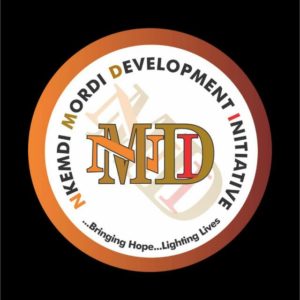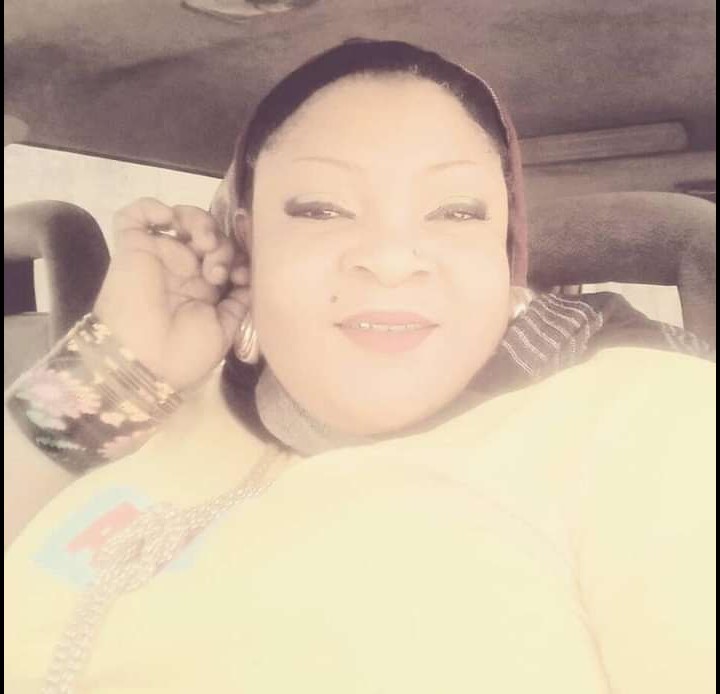
This is a funny one, but let’s take a quick shot at it. For a start, Dubai is not a country, but an emirate – one of seven such emirates that make up the actual country, the United Arab Emirates. It’s a common mistake – Dubai as a city punches so far above its weight that many people recognise Dubai but don’t recognise the UAE or the Emirates as the country is also known.
The United Arab Emirates was founded on the 2nd December 1971 as a result of the British withdrawal from its protectorate of what were then known as the ‘Trucial States’, a number of emirates in southeastern Arabia. They were called ‘trucial’, because they had embarked on treaty relations with the British, mostly in 1820 following a thorough bombardment of the coastal communities of the area by a British fleet sailing from Bombay. The bombardment was a subtle way of pointing out the alternative to signing – and not surprisingly, signatures were forthcoming.
Dubai was a sleepy village until 1833, when the Al Maktoum family arrived at the head of a group of the Al Bu Falasah tribe, escaping the Ruler of Abu Dhabi down the coast, with whom they had fallen out mightily. They settled their coastal village with its fort and proceeded to fish for pearls, trade merrily as a coastal entrepot and generally get on with a precarious existence in a very harsh part of the world.
By around 1904, the trading was going pretty well and Dubai was the pre-eminent trading port of the area, consolidating that status when the Persian government taxed its merchants beyond endurance and they responded to overtures from Dubai which invited them to nip across the Gulf and set up their concerns on the shores of Dubai’s lively little creek.
Trading and pearling went hand in hand for a while until around 1910, when the pearling industry entered a long and existential decline thanks to over-fishing and events such as WWI decimating both demand and the ‘take’ for pearl divers. The coastal communities of the region were plunged into debt and thousands of families were thrown into penury. The traders still traded, however, leading to an imbalance within the community that led to a state close to civil war.
However, Dubai had by now evolved as a thoroughly open and opportunistic trading destination and then, as now, it looked around for new markets and new opportunities. It found them in the form of trading gold across to India, where importing gold was illegal. Gold was brought in from London via Sharjah, where the only airport in the area existed at the time, and shipped across to India, where the Dubai boats were very careful to hove to just off Indian international waters and transfer their cargo to the customers – Indian merchants who would then take the gold across to India. The trade was underwritten by British banks and was just on the right side of smuggling.
Dubai was careful to let the Indian customers handle that side of things. That trade helped to finance the building of Dubai’s infrastructure and commercial traffic – particularly re-exporting – grew and grew at a breakneck pace under the visionary leader of the time, Sheikh Rashid Al Maktoum.
By 1969, after all of the Emirates had been looking for oil for decades (Abu Dhabi found it in the 1950s), Dubai discovered oil – a tiny oil field that would be called ‘Fatah’, or ‘Victory’. The oil find, small though it was, helped to accelerate Rashid’s plans and he constructed a deep sea container port, upgraded the airport, built a World Trade Centre – the biggest building in the Middle East in its time – and all manner of other infrastructure designed to propel Dubai onto the world stage as a major trading hub.
His work was carried on by his sons, Maktoum and then, on Maktoum’s death, Mohammed – the current Ruler of Dubai as well as Vice President and Prime Minister of the United Arab Emirates – really hit the gas, accelerating the already fast pace of development and transforming the government of the UAE in a series of far-reaching reforms. Dubai has been shaped into a global city, home to the worlds’ tallest building, busiest airport, leading international airline, largest man made harbour etc etc etc.
I often hear people dismiss Dubai’s achievement as ‘just oil money’. It’s not, not by a long chalk. Oil revenues account today for less than 3% of the city’s GDP.
The answer is, in fact, trade.
A lot of hard work, a bit of fancy footwork, a number of booms and busts weathered and a huge amount of relentless development. Arguably vision and a sharp focus on the future. But trade. Always trade
LEARNING POINTS FOR DEVELOPMENT;
1. A good political structure (Dubai had its own vision different from that of UAE and it was perfectly acceptable).
2. A good leadership: leaders of Dubai, think Dubai first,before any other thing.
3. An unwavering focus on constant development of infrastructure ( Here, nobody is talking about renovation of National Assembly Offices).
4. Dedication to using the best talents available.
Nobody is talking about “bringing in, cousins, brothers, wives…. etc….etc…”, to participate in the development of Dubai. When a project is being planned, the best talents available in the World are sought. Nothing else, bare faced Meritocracy.






